Please note: In September 2019, we updated the DXOMARK Mobile test protocol to cover ultra-wide-angle performance and renamed the protocol DXOMARK Camera. We also expanded our low-light testing and created the new Night sub-score, which incorporates the previous Flash score. We have retested this device using the new Wide and Night test protocols and updated the scores in this review, but we have not changed the text from the original review. For more information, please see the articles about our new Wide and Night test protocols.


Samsung Galaxy Note 9 camera review (originally published September 10, 2018)
The Samsung Galaxy Note 9 is the latest iteration of the Korean manufacturer’s stylus-equipped, high-end smartphone. Like many premium smartphone manufacturers, Samsung is concentrating on the Note’s camera features to make it more attractive in this competitive segment.
The Note 9 comes with a dual-camera setup, featuring a wide-angle camera with 12MP sensor, f/1.5-2.4 dual-aperture lens, and dual-pixel autofocus. The second camera offers a 12MP sensor with a 2x “telephoto” lens and f/2.4 aperture. Both lenses are optically stabilized. Besides being equipped with dual cameras, the Note 9 features AI-assisted camera operation, with the company calling it their most intelligent camera yet. For example, the system can identify key elements in an image and optimize shooting settings and image processing based on one of 20 separate categories.
Video enthusiasts can capture 4K footage at 30/60fps. Other high-end features include a large 6.4-inch Super AMOLED (2960×1440) display, AKG-tuned speakers, and depending on region, a Qualcomm Snapdragon 845 or an Exynos 9810 Octa chipset.
Read our full report to find out how the Samsung Galaxy Note 9 camera performed in our tests.
Key camera specifications:
- Dual cameras
- Primary: 12MP (1/2.55-inch sensor, dual-pixel PDAF, f/1.5-2.4 variable-aperture lens)
- Secondary: 12 MP (f/2.4 lens, 1/3.6-inch sensor, AF)
- OIS on both cameras
- Single LED flash
- 4K video at 30/60 fps
About DxOMark Mobile tests: For scoring and analysis in our smartphone camera reviews, DxOMark engineers capture and evaluate over 1500 test images and more than 2 hours of video both in controlled lab environments and in natural indoor and outdoor scenes, using the camera’s default settings. This article is designed to highlight the most important results of our testing. For more information about the DxOMark Mobile test protocol, click here. More details on how we score smartphone cameras are available here.
Test summary
The Samsung Galaxy Note 9 achieves an impressive overall DxOMark score of 103 points, which at the time of testing placed it in joint second place overall with the HTC U12+. The Samsung is a very strong performer for stills. The Note 9 autofocus performance is excellent, and the camera scores high for balancing detail retention and noise reduction, zoom quality, and realistic bokeh effects. In bright light, the Galaxy Note 9 performs exceptionally well and is among the best we’ve tested. Exposure is usually very good, and dynamic range is excellent — one of the widest we’ve seen, meaning that it is very capable of capturing high-contrast scenes with deep shadows and very bright highlights. Images are also bright and vivid, with mostly accurate white balance and good color rendering.
Noise levels are low, with a good balance between noise and texture, but the camera has a tendency to smooth fine details a little more than some rivals.
The secondary camera and its x2 zoom factor takes care of longer-reach shots. Zoom images show good levels of detail, partly thanks to the primary camera’s optical image stabilization. The Note 9 camera is also capable of capturing realistic-looking results in bokeh mode, both outdoors and in typical indoor light conditions.
When shooting video, the Note 9 performs well, achieving a high score of 94 points, proving that the makers are putting a lot into this category to match still performance. Strengths include stabilization and the device’s ability to keep artifacts and noise under control. Autofocus is also real highlight, reacting quickly to changing light conditions and tracking very well. Colors are bright and vivid; video exposure is generally accurate; and the exposure system adapts quickly to changes in light levels. As with stills, video footage has generally good exposure accuracy, with quick adaption to changing light conditions. We also liked the good detail and low noise levels, although some luminance and chroma noise are visible in low-light scenes.
Photo scores explained
With a total photo score of 107, the Samsung Galaxy Note 9 is one of the best-performing smartphones for stills, nudging its way into second place by one point over the HTC U12 Plus, but behind the class-leading Huawei P20 Pro. We calculate the overall Photo score from sub-scores in tests that examine different aspects of its performance under different lighting conditions. In this section, we’ll take a closer look at these image quality sub-scores.

Exposure and Contrast
Samsung Galaxy Note 9
91
The Note 9 achieves a very high score for this category and is particularly strong when capturing images in high-contrast situations, where it captures a lot of detail in both highlight and shadow areas. Exposure is usually on target; however, there were occasionally inconsistent results between consecutive shots. Still, overall dynamic range in bright light is excellent.
In our backlit portrait natural scene, the Note 9 doesn’t do that well at balancing the exposure of the subject’s face, though to be fair, even the class-leading Huawei P20 Pro struggles a little bit. The subject is slightly underexposed and the majority of bright areas in the background are clipped, with a lot of highlight details lost.
The Note 9’s HDR mode is a further improvement over the company’s only recently-introduced high-level Galaxy S9 model. It handles difficult backlit scenes better and has good dynamic range, but it can be inconsistent, sometimes letting shadows block and losing details in the brightest areas of the image.
The camera is also capable of maintaining good dynamic range in low light. In our test scene, you can see that the Note 9 preserves noticeably more highlight detail than its stablemate Galaxy S9. There is more highlight clipping than in the Huawei P20 Pro, but on the plus side, the Samsung reveals more shadow detail and produces an overall brighter exposure.
Under indoor conditions using artificial light sources, exposure was accurate, and only slightly less so in low light down to 5 lux. At 1 lux, exposures were below the target exposure but still very usable.

Color
Samsung Galaxy Note 9
81
The Note 9 achieves another high score, this time for color accuracy. In most outdoor and indoor lighting conditions, the Note 9 delivers bright and vivid colors with both generally accurate white balance and good color rendition. Occasionally you can see a purple cast in shaded scenes where vegetation is present, but it’s not particularly troubling.
Some slight color shading is noticeable under low-light conditions, but the effect is very well-controlled and pretty much a non-issue when shooting outdoors in bright light.

Autofocus
Samsung Galaxy Note 9
96
The Samsung Galaxy Note 9’s autofocus performance is very good, but not quite up there with the very best. It is relatively fast and accurate in operation — indeed, it has fewer inaccuracies and is capable of delivering more detailed images than the Galaxy S9 Plus — but we noticed a slight delay in all our tested light conditions.
As you can see in the graph shown below, the Galaxy Note 9 is consistently accurate, but has a slight but similarly consistent delay in autofocus operation.

Texture
Samsung Galaxy Note 9
68

Noise
Samsung Galaxy Note 9
76
As with other Samsung models, the Galaxy Note 9 is capable of rendering textures nicely but puts a lot of focus on noise reduction, which can result in some smoothening of fine details. The latter becomes most obvious in very low-light conditions (at and below 20 lux) as noise reduction increases. Nevertheless, the Note 9 is capable of retaining good levels of detail, even if it is sometimes below that of the P20 Pro.
As mentioned above, noise is very well-controlled on the Samsung, with the result that images are very clean in most light conditions. As you can see in the 20 lux crops below, there is very little visible noise on the skin tones in the Note 9 image. Grain is a little more noticeable in the competitors’ images, especially with the Huawei.

Artifacts
Samsung Galaxy Note 9
67
Artifacts are reasonably well-controlled in general, and as with most high-end devices, require some close examination to see them in your images. Nevertheless, images from the Note 9 can at times display a number of artifacts, including flare, even when the light source is outside the frame. With exposed lens elements that’s hardly surprising; but that said, the effect is fairly minimal as you can see in the sample below.
The Note 9 images can also show some color aliasing (moiré patterns), color fringing, and ghosting (registration issues) in HDR images. Some strong haloing (ringing) is noticeable on some high contrast edges and the lens exhibits some loss of sharpness in the corners.
LED flash units on smartphones obviously can’t match the bigger, more powerful units found on compact cameras, but they serve a purpose nonetheless. Without additional lighting, the single LED unit on the Galaxy Note 9 produces slightly underexposed images, but fall-off in the corners is relatively low. Detail is good, even if there’s some slight luminance noise visible.
With additional tungsten lighting, the exposure is closer to the target and white balance is accurate. However, there are some white balance inconsistencies between shots, and some color quantization is noticeable with skin tones. And occasionally the camera doesn’t remove red-eye completely.

Zoom
Samsung Galaxy Note 9
66
The Galaxy Note 9 is one of the better smartphones for zooming in on detail, thanks to an eclectic mix of quality hardware and good processing. Its secondary telephoto camera lets the Note 9 capture very high levels of detail in outdoor scenes at medium range. You can see comparable levels of detail among the Note 9 and its rivals in the samples below of our lab test scene, shot at 2x magnification.
The Note 9 compares well with the S9 Plus when using the digital zoom at long-range (x5) magnification, but a slight loss of detail and some artifacts such as haloing or ringing are sometimes noticeable. Still, the longer focal length of the Huawei P20 Pro’s telephoto camera has an advantage over both Samsung models, requiring less magnification when using the digital zoom, thus ensuring that it remains the class leader. Indoors with lower light, slight focus inaccuracies can be visible when zooming, particularly between long-range shots at x5 and above.

Bokeh
Samsung Galaxy Note 9
55
The Note 9’s background blurring mode is capable of achieving realistic results. Like other premium devices, the Samsung applies blur not only to the background but to the foreground as well. Depth estimation is good and results in only minor artifacts, mostly at the edges of fine details such as hair (where accurate masking is tricky), but also along blur transitions. Specular highlights, where they occur, are round in shape and look even in contrast and density. In the samples below, you can see good depth estimation that allows for a realistic-looking and attractively blurred background.
In the comparison shots of our lab setup below, you can see that the Note 9 is capable of producing a pleasant bokeh effect but not quite on the same high level as the Huawei P20 Pro, which achieves a better blur gradient and bokeh shape.
Video scores explained
The Samsung Galaxy Note 9 achieves a very good Video score of 94 points, making it one of the best performers in our video rankings — just four points below the video leader, the P20 Pro. We derive the overall score from a number of sub-scores in the same way as the Photo score: Exposure (83), Color (87), Autofocus (98), Texture (54), Noise (72), Artifacts (82), and Stabilization (91).
The Note 9’s overall video performance is excellent. Particularly strong areas include autofocus and stabilization, along with the ability to keep artifacts and noise in check. Autofocus is a real highlight, as it is quick to react in changing light conditions and has very good tracking capabilities in both outdoor and low-light conditions. It also has efficient stabilization, particularly in our handheld walking tests.
As with stills, colors are bright and vivid, and video footage has generally good exposure accuracy, with quick adaptation to changing light conditions. Our test engineers also praised the good level of detail and low noise levels, which are well-controlled in bright conditions, though they also noted that luminance and chroma noise are visible in low-light scenes, along with some slight loss detail. And as with still imaging, some aliasing is apparent in outdoor shots.
Conclusion
The dual camera in the Samsung Galaxy Note 9 is one of the best performers in our Mobile rankings. It offer a well-balanced mix for both stills and videos, and delivers very good image quality across a wide range of lighting conditions. Areas in which the Note 9 improves over the company’s Galaxy S9 Plus include autofocus consistency and tracking reliability; more efficient image stabilization; good zoom capabilities; and a realistic bokeh simulation mode. Crucially, images from the Note 9 display good detail retention with low noise levels — one of the cornerstones of image quality upon which so many other features depend. Photo-oriented users will appreciate all this, of course; and with its AI features, large screen, and included S-Pen, the Note 9 is a genuinely compelling choice in a somewhat crowded market.
Pros
- Autofocus operation is fast and accurate indoors and out
- Dynamic range is wide under most conditions
- Zoom retains good detail at least up to 4x
- Good balance between detail retention and noise reduction in most conditions
- Colors are pleasant and vivid
- Bokeh is convincing
Pros
- Very good autofocus and effective tracking
- Bright and vivid colors
- Exposure accuracy is good and updates quickly
- Fine detail retained in outdoor lighting
- Noise levels are low in bright lighting
- Effective stabilization when moving and during still motion scenes
Cons
- Exposure inaccuracies sometimes occur
- Haloing, ghosting, and visible loss of sharpness
- Fine details sometimes lost in darkest and brightest areas
- Flash produces inconsistent white balance between shots
Cons
- Loss of detail in low-light conditions
- Chroma and luminance noise slightly visible in low light
- Aliasing occasionally visible in outdoor scenes


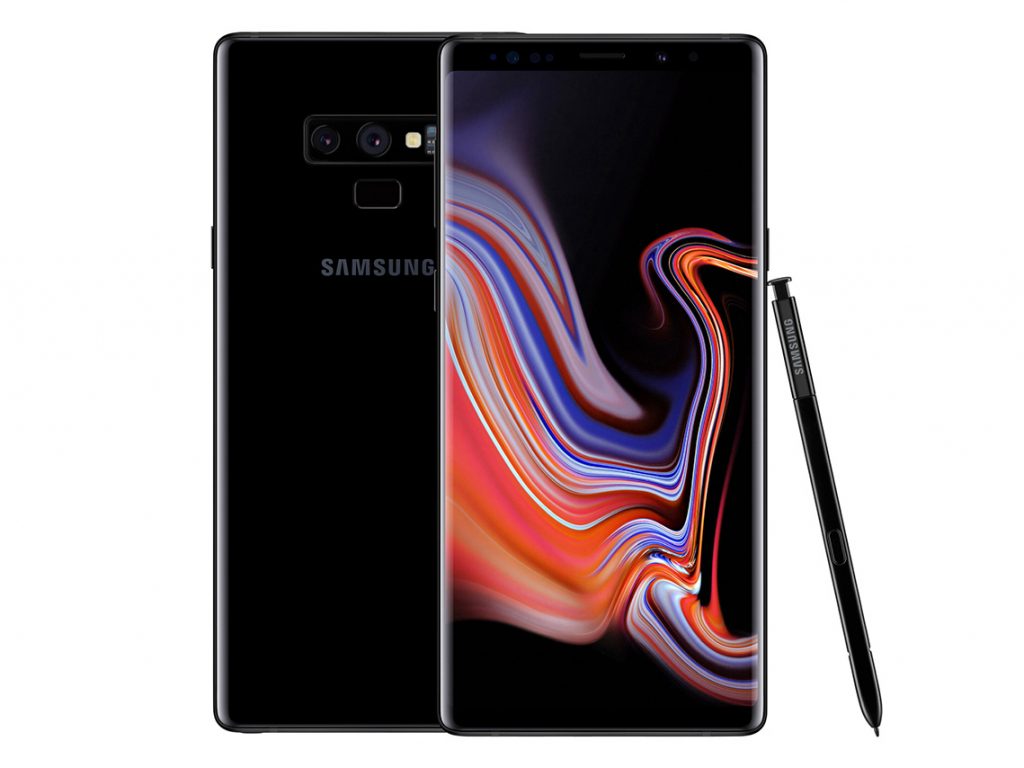


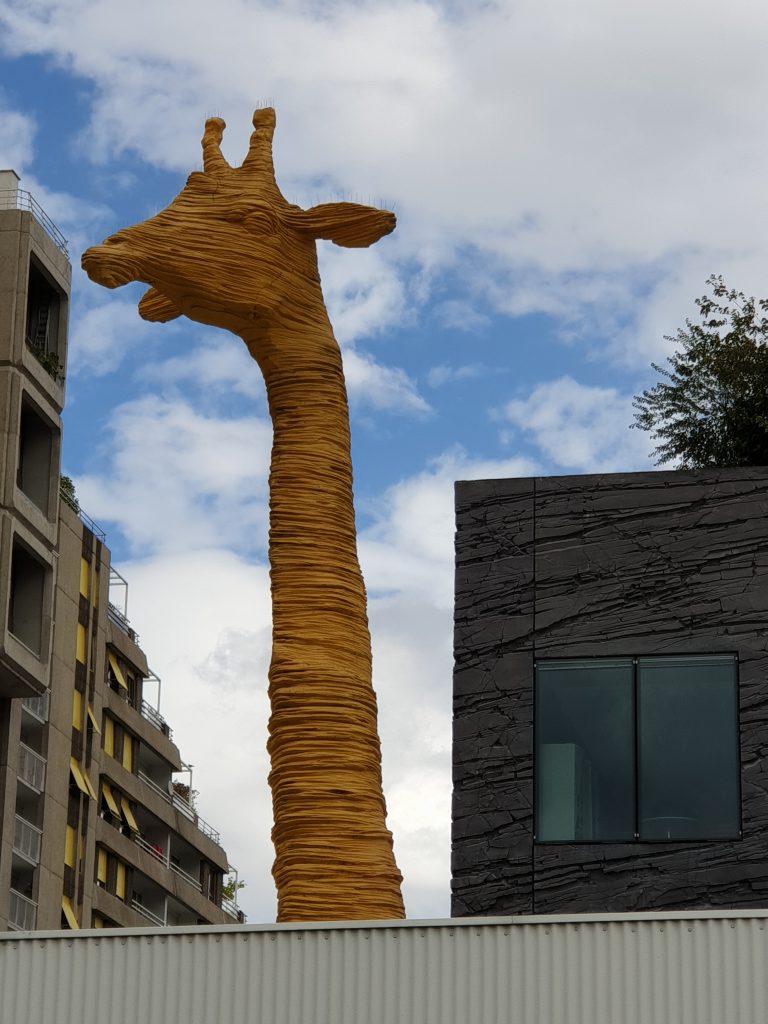
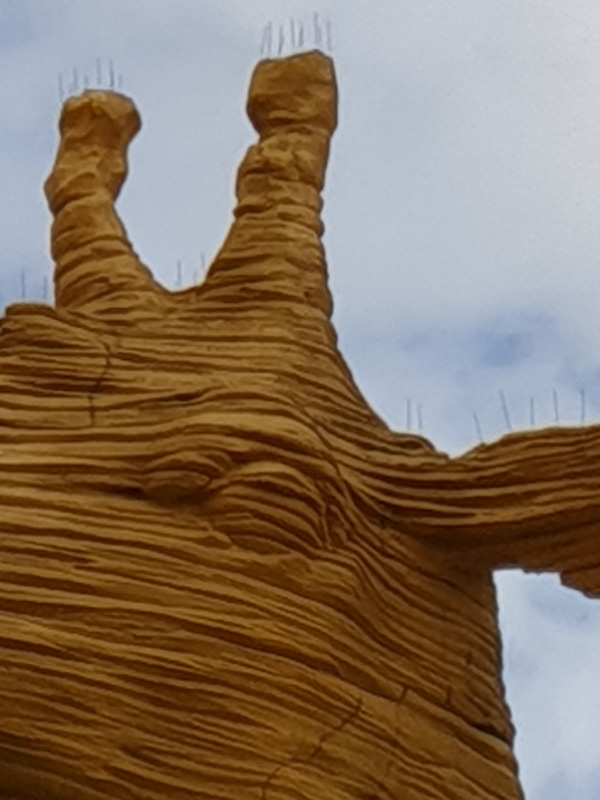
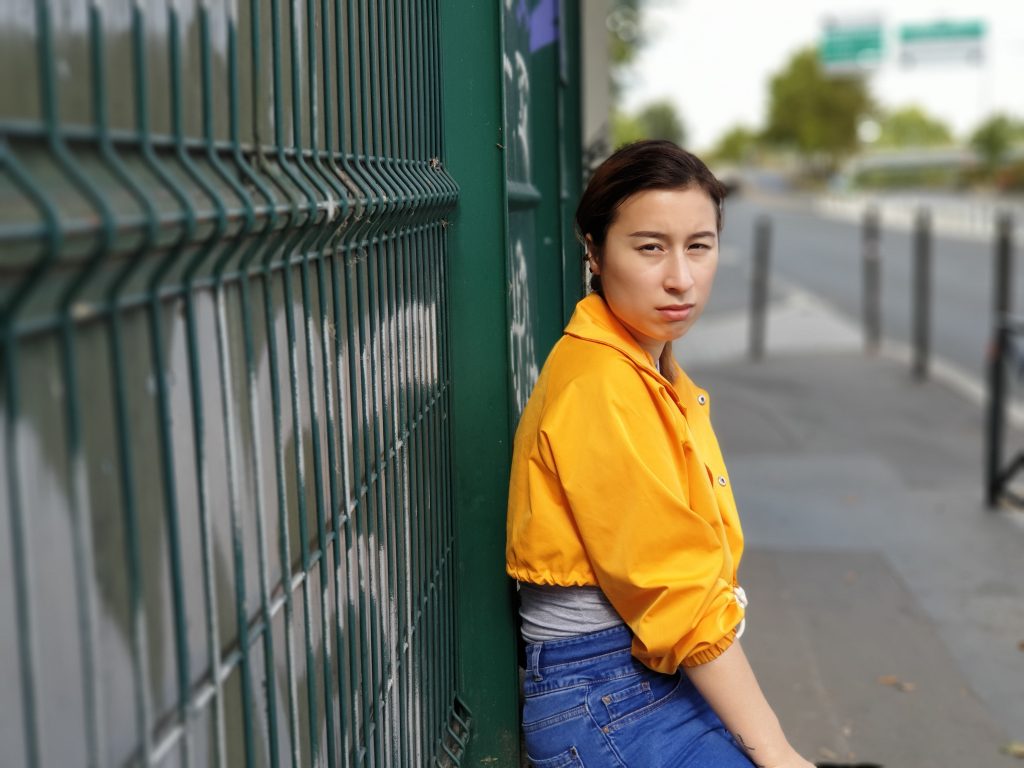
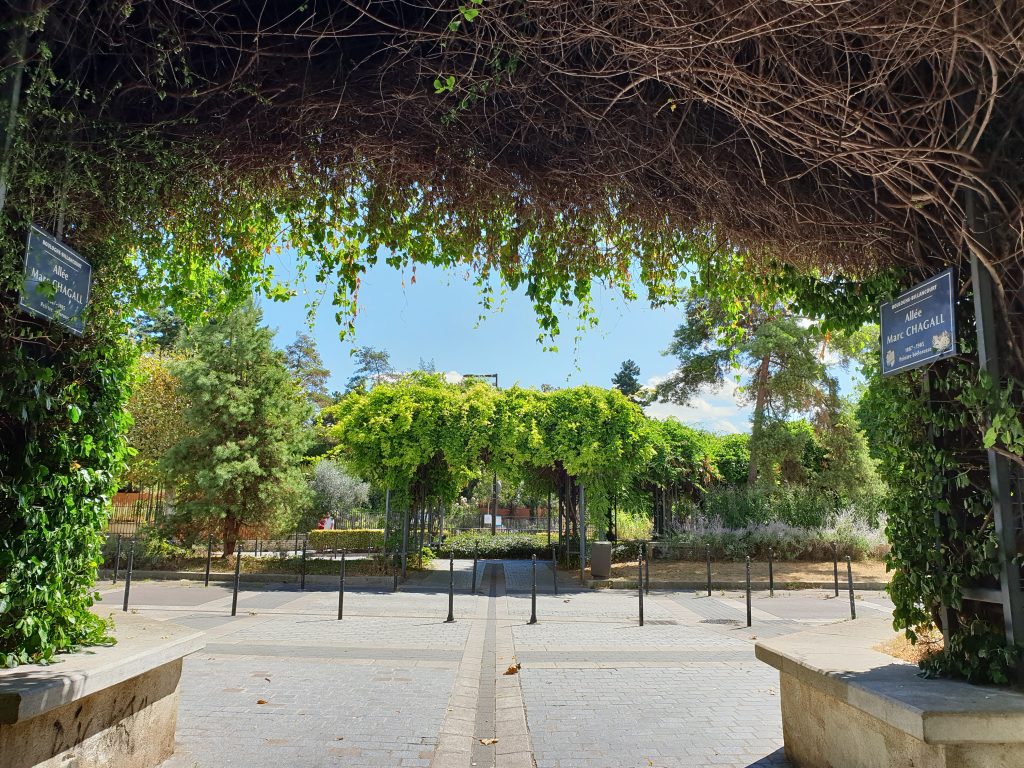
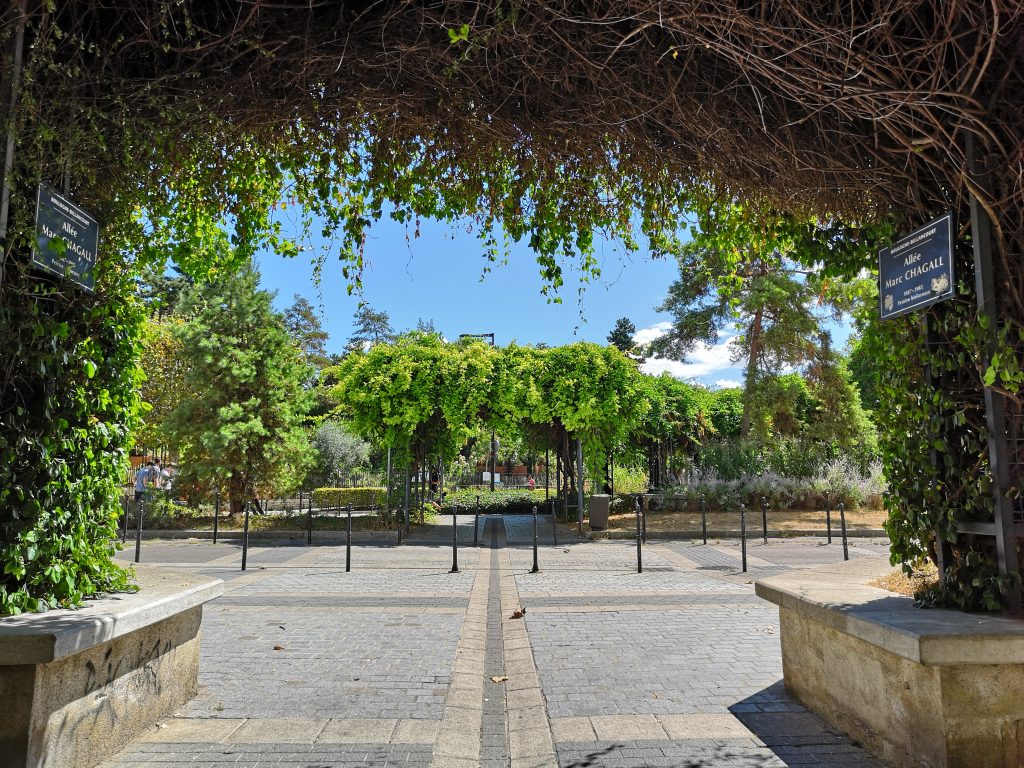
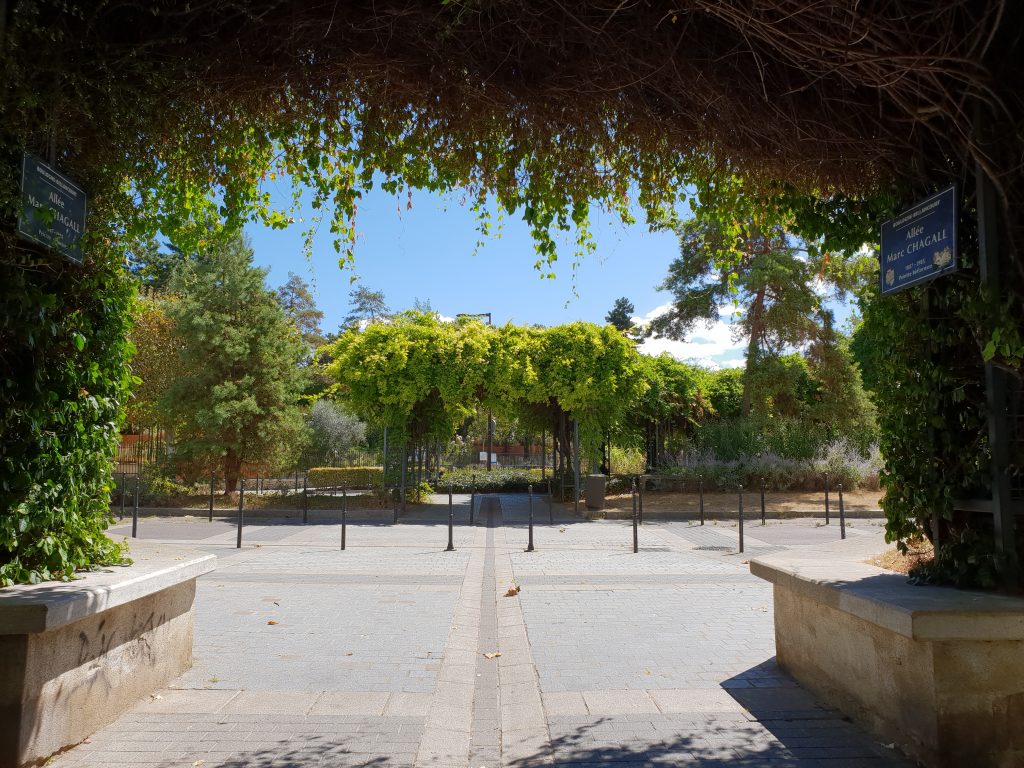
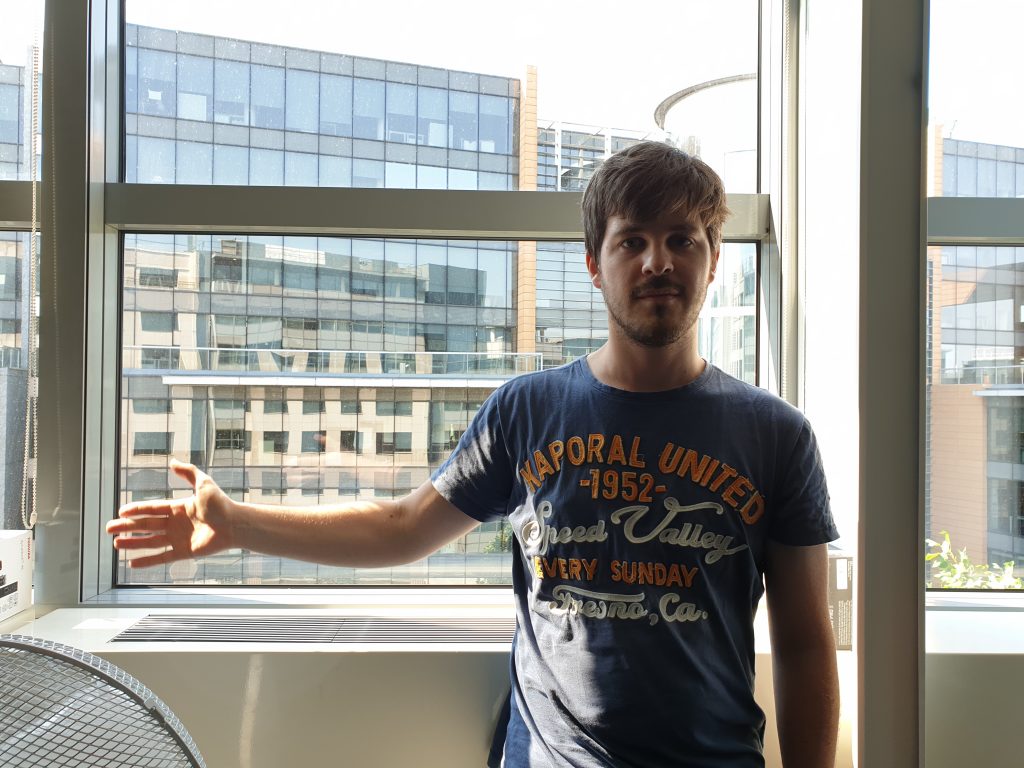

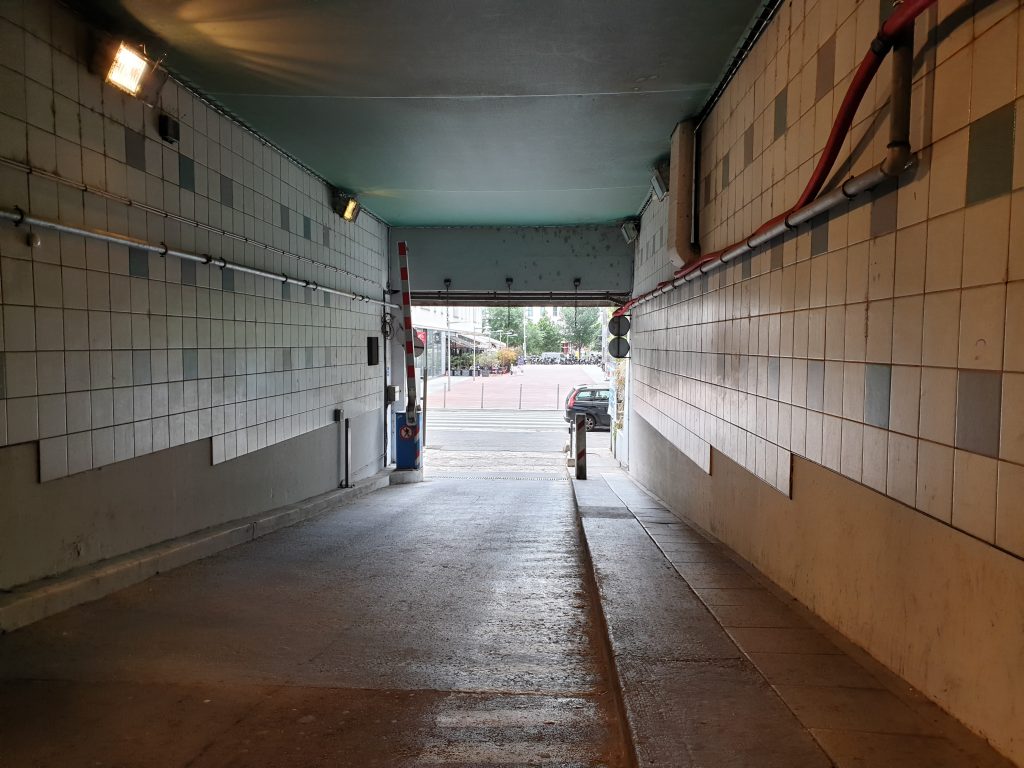
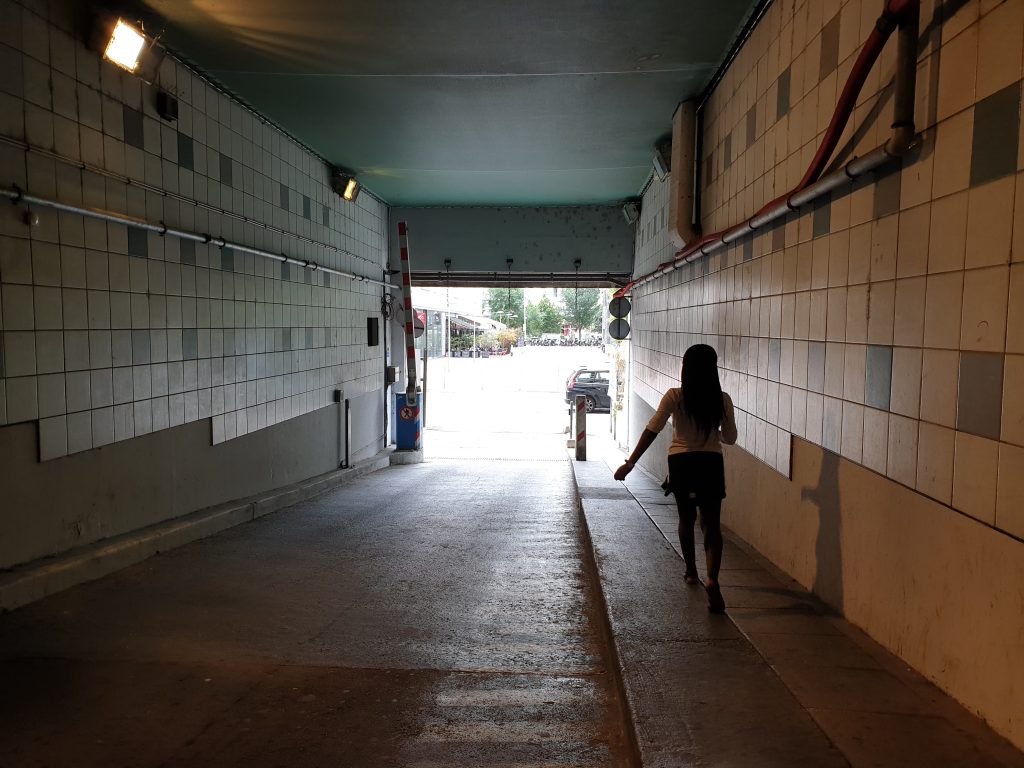
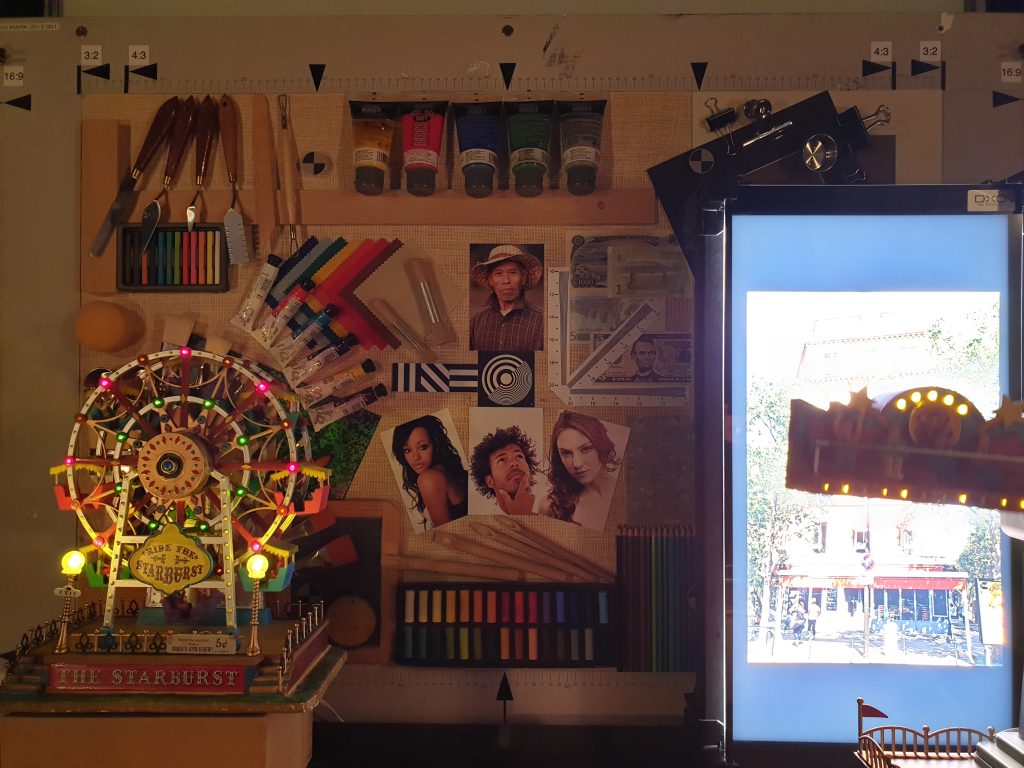
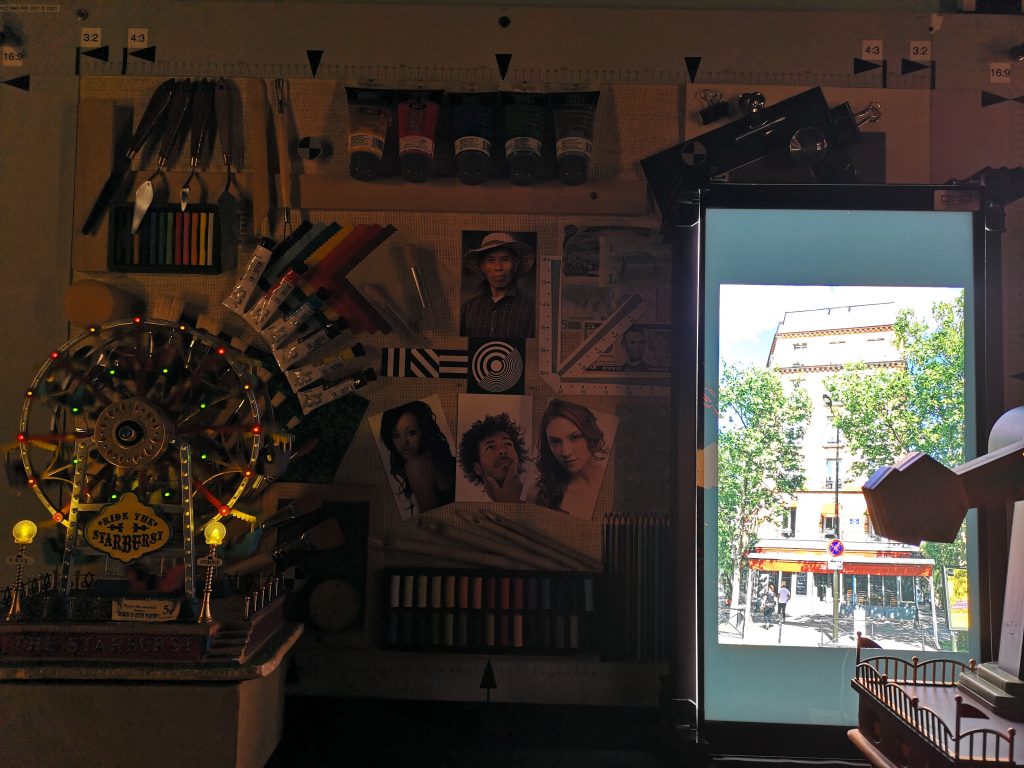
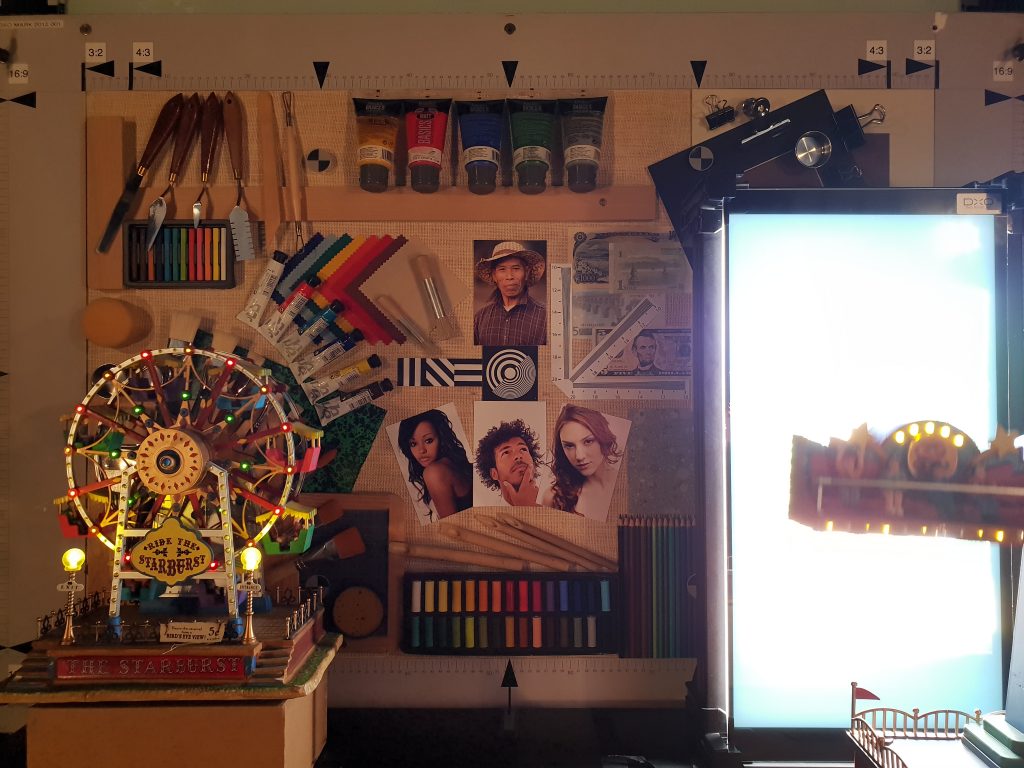

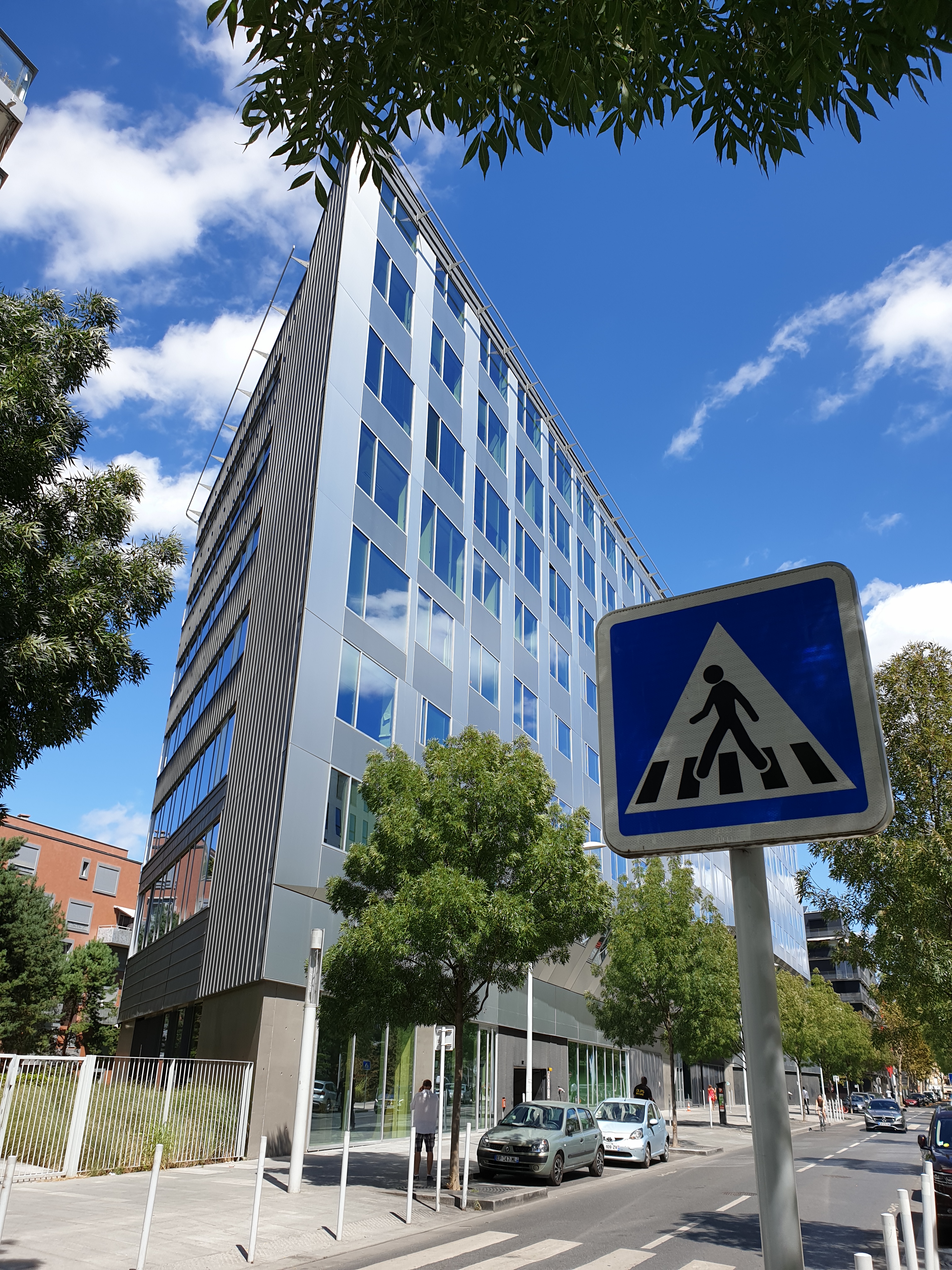
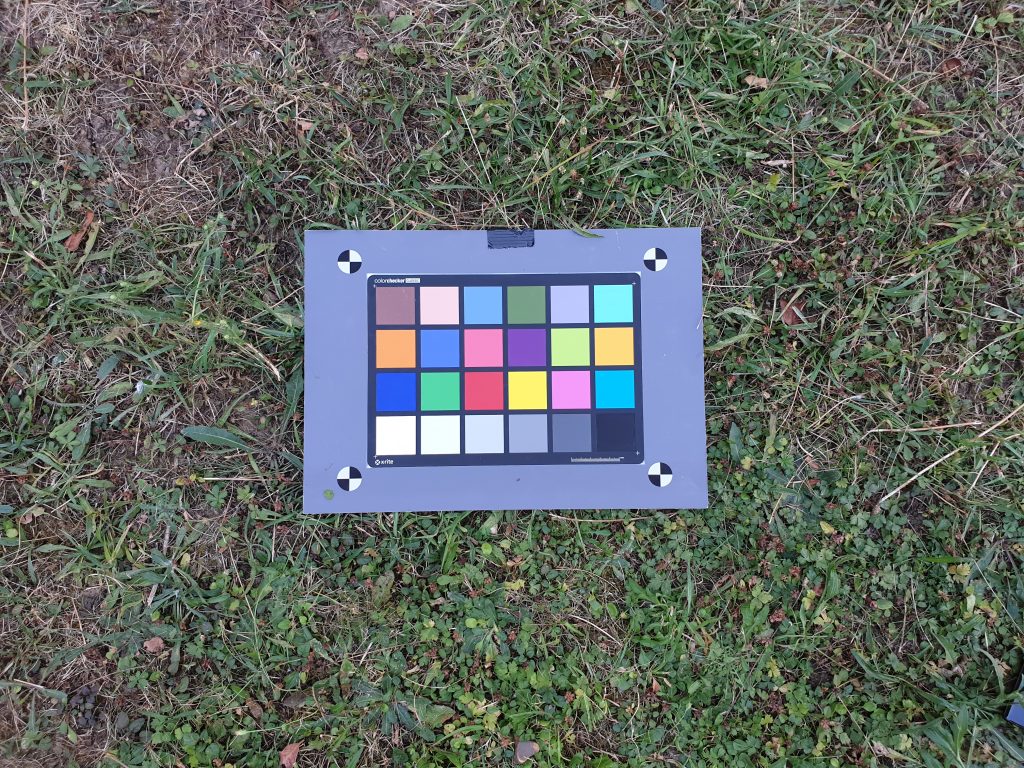
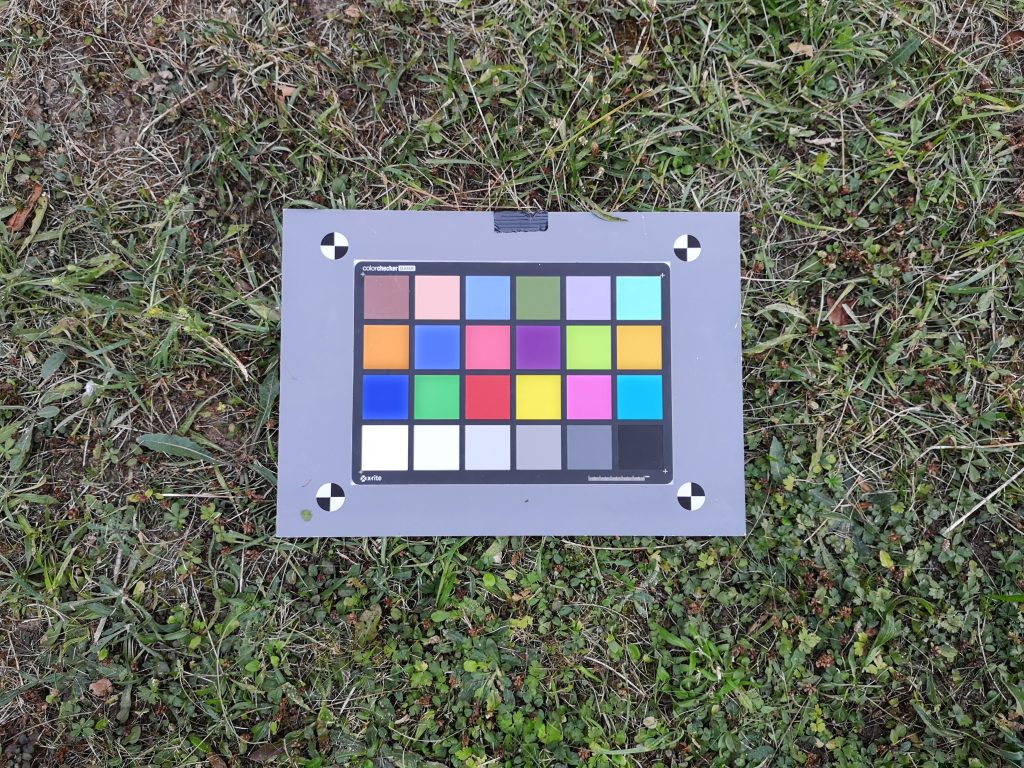
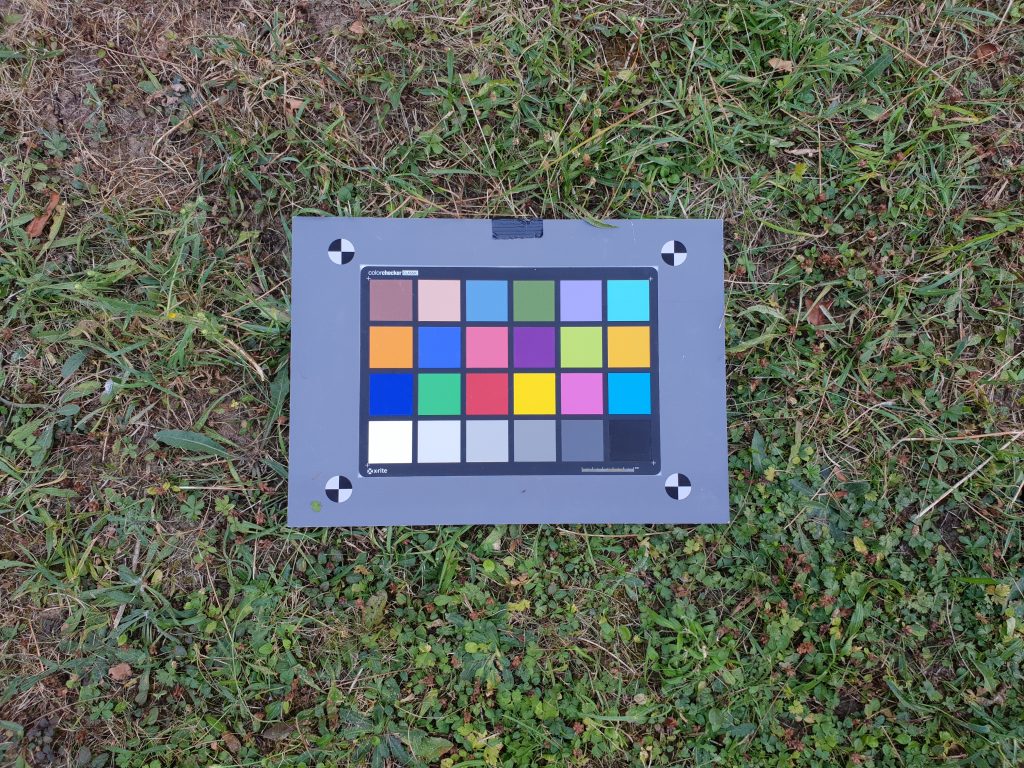

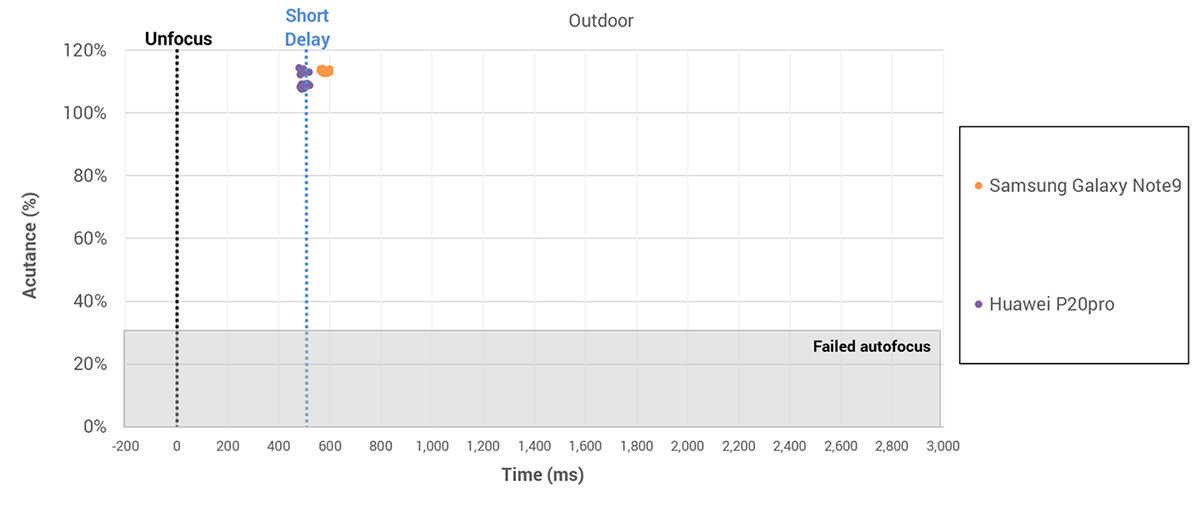

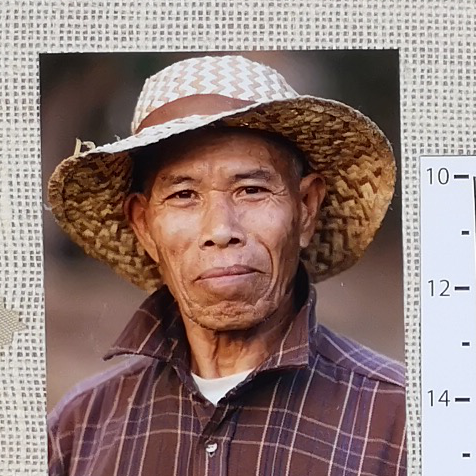
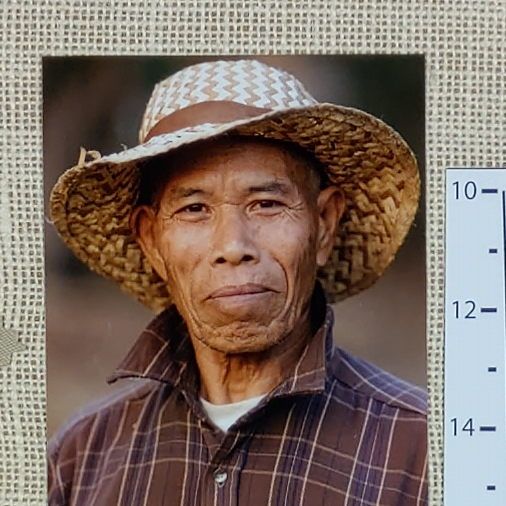


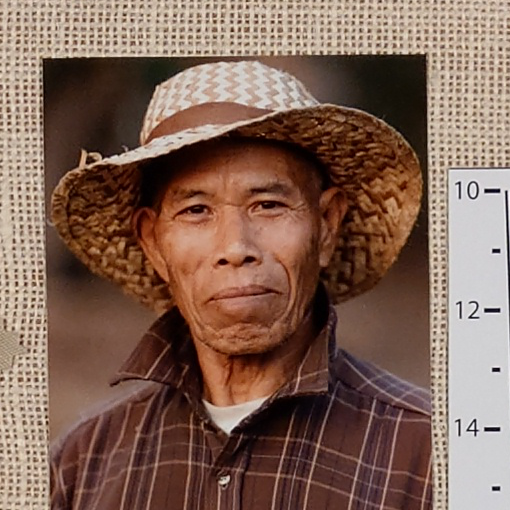



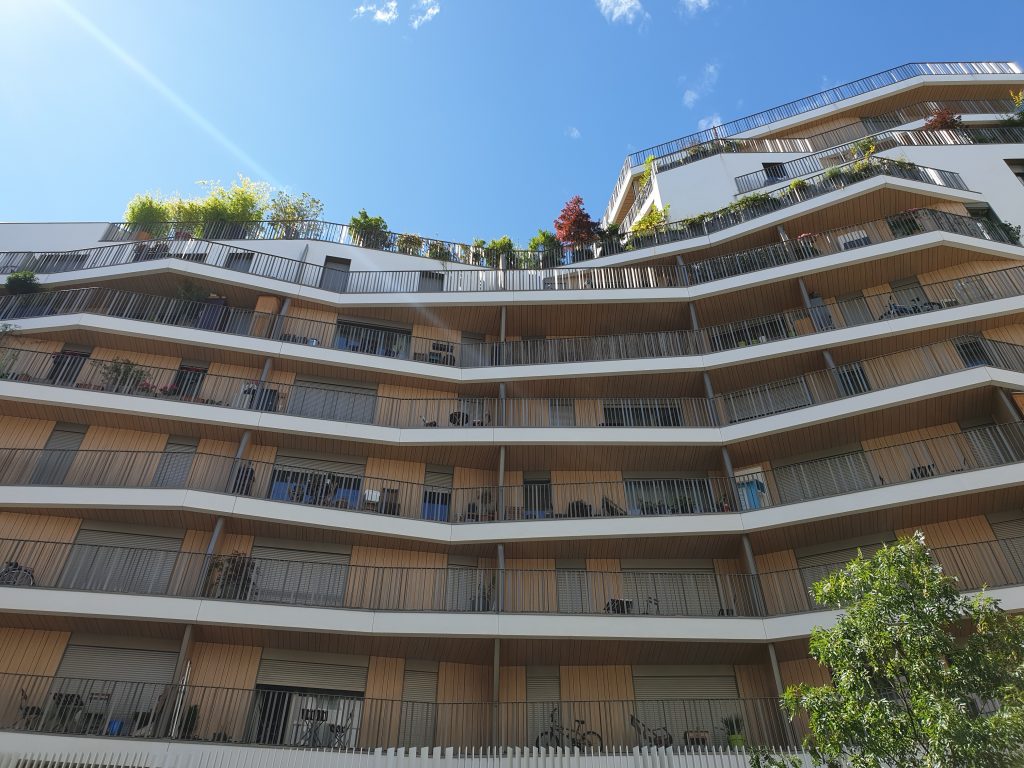
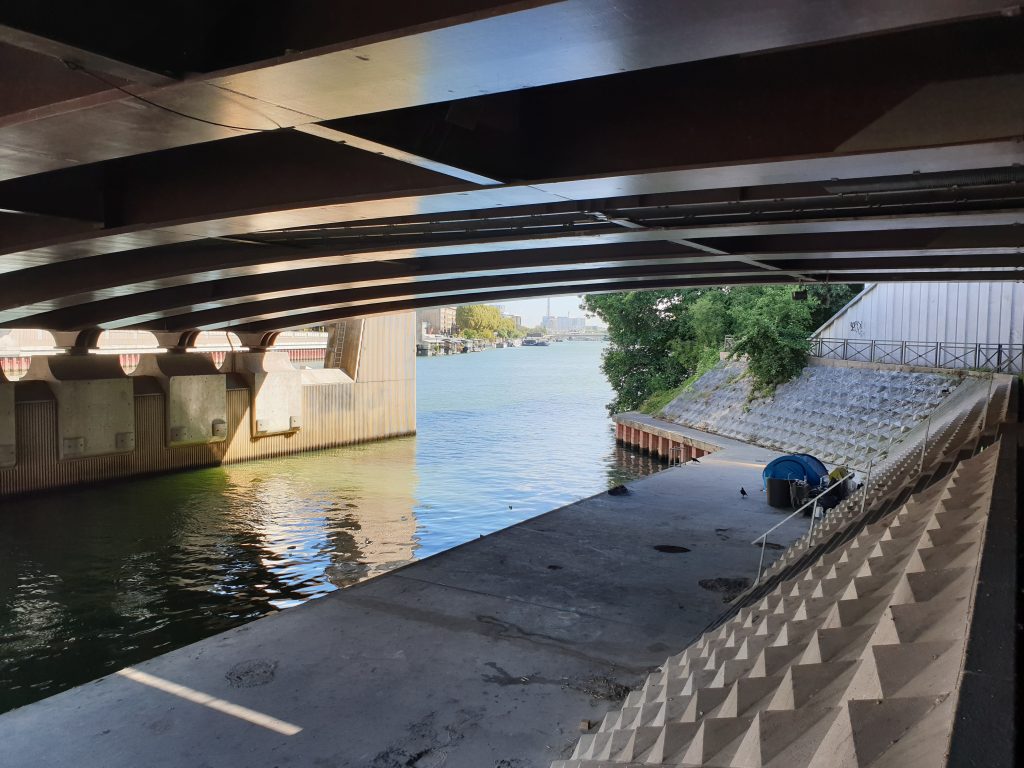
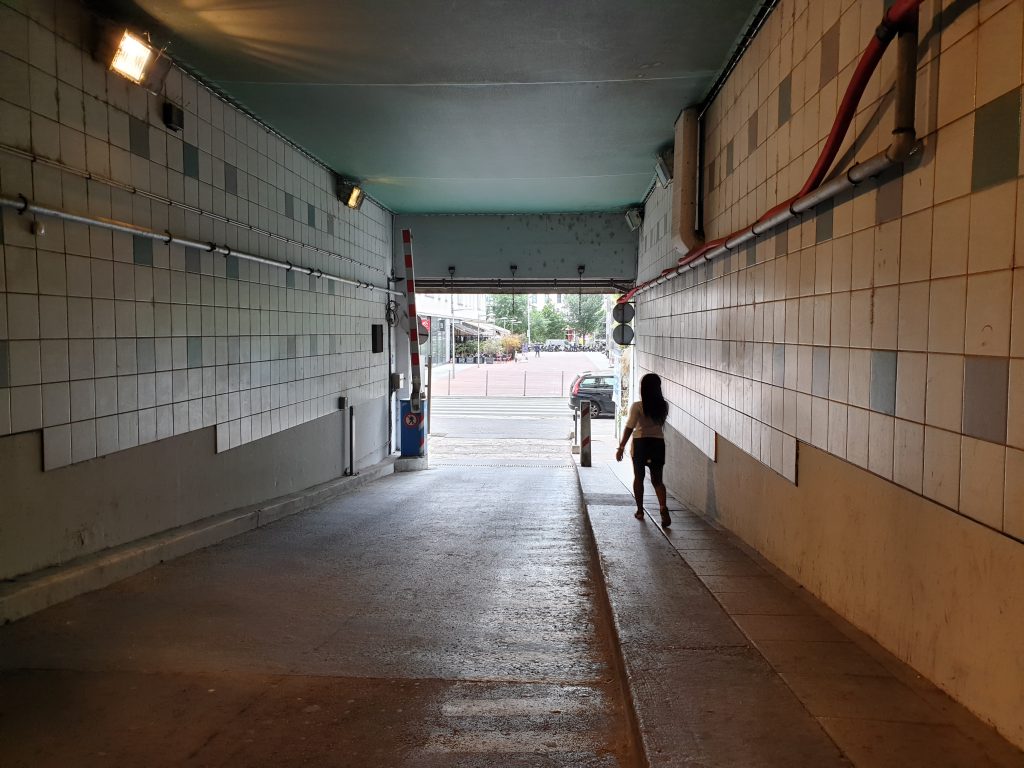
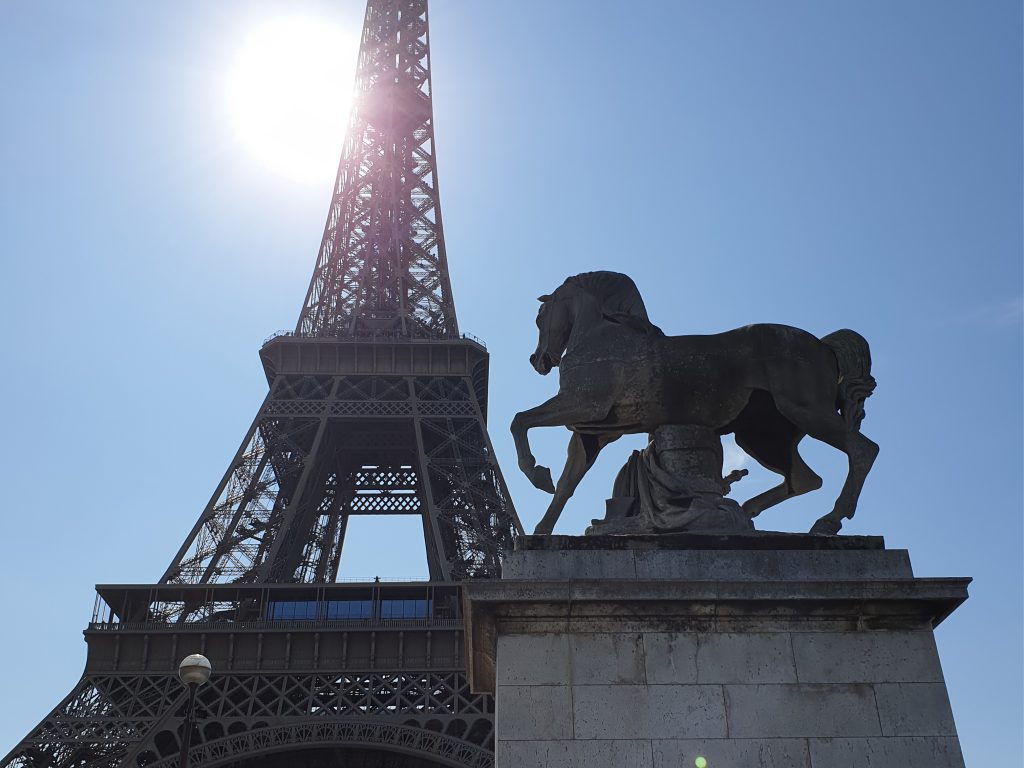

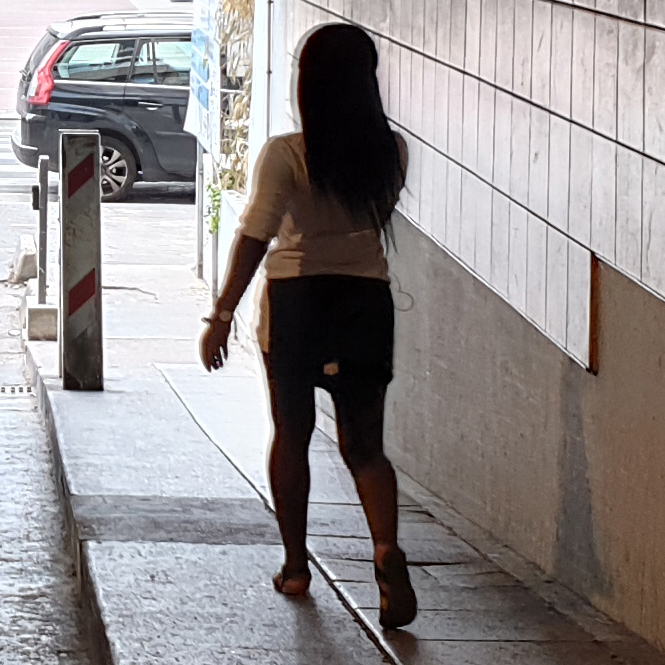




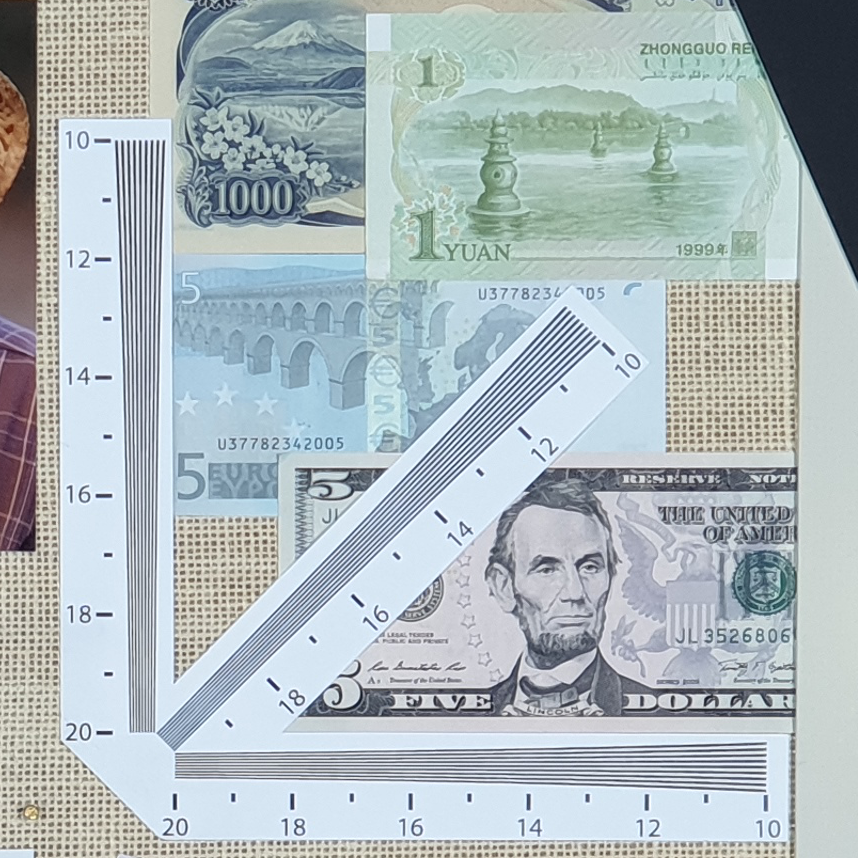
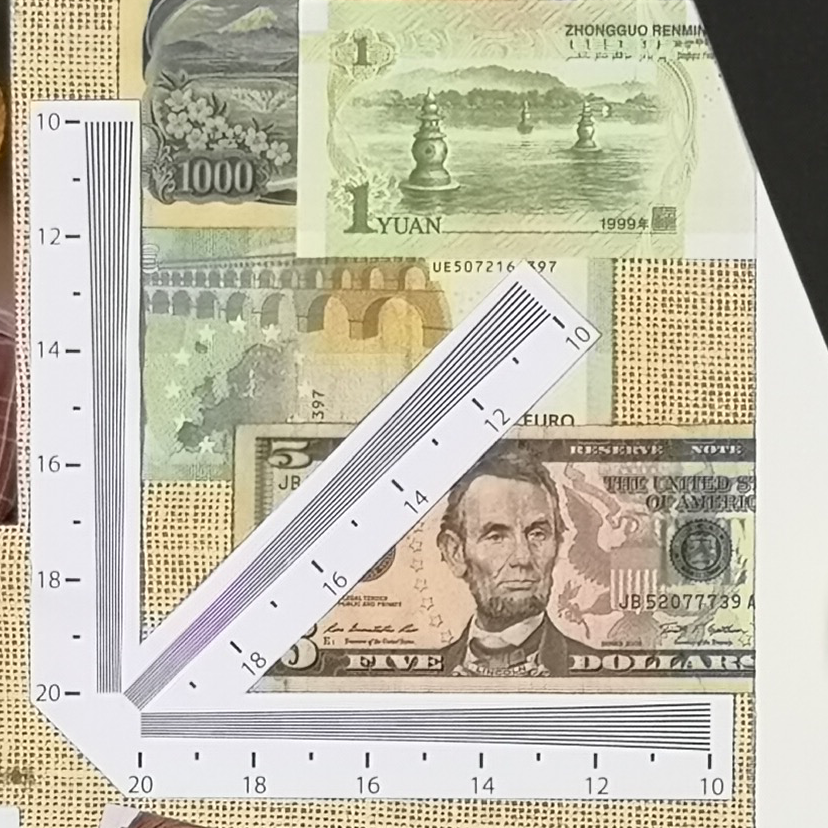
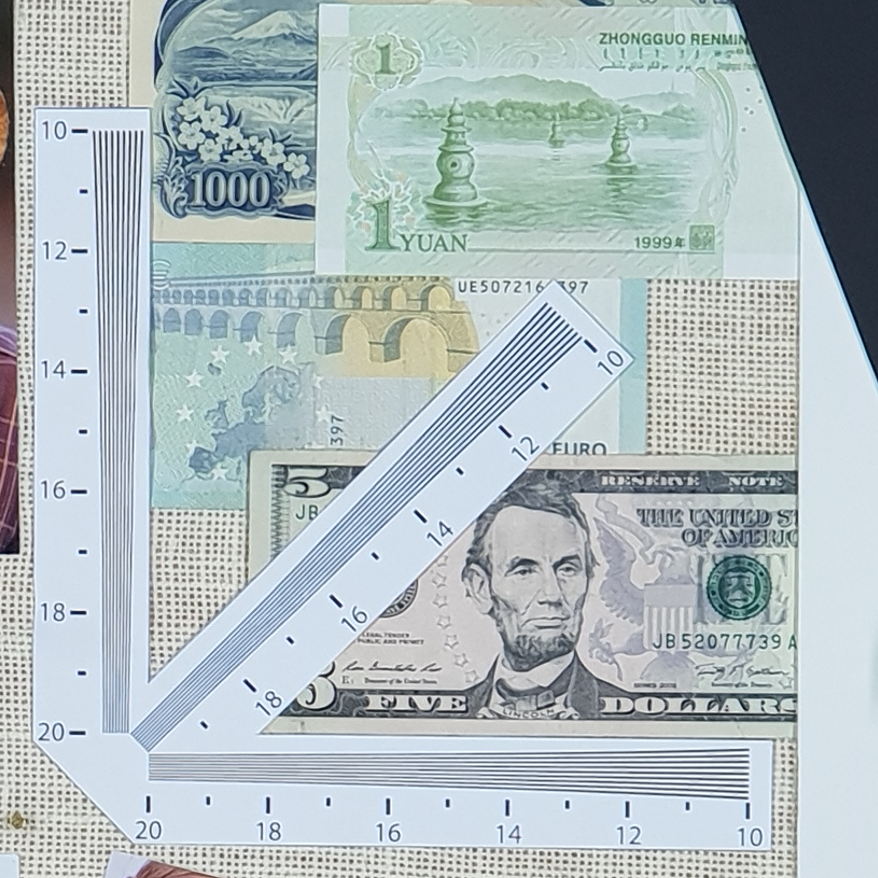
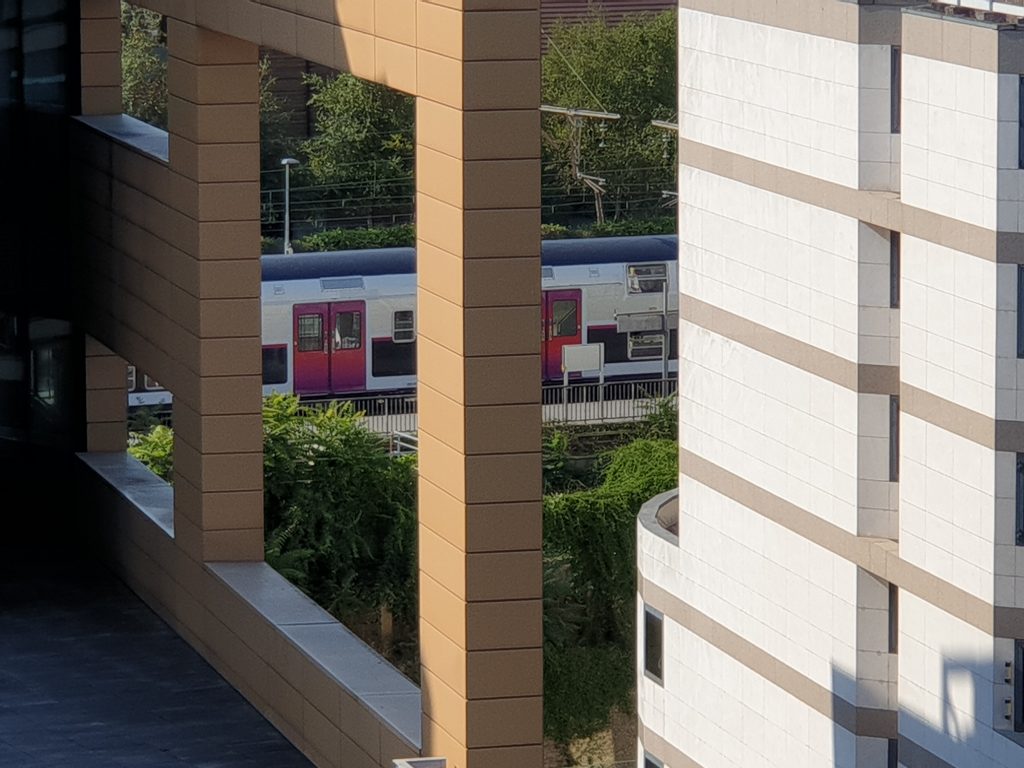
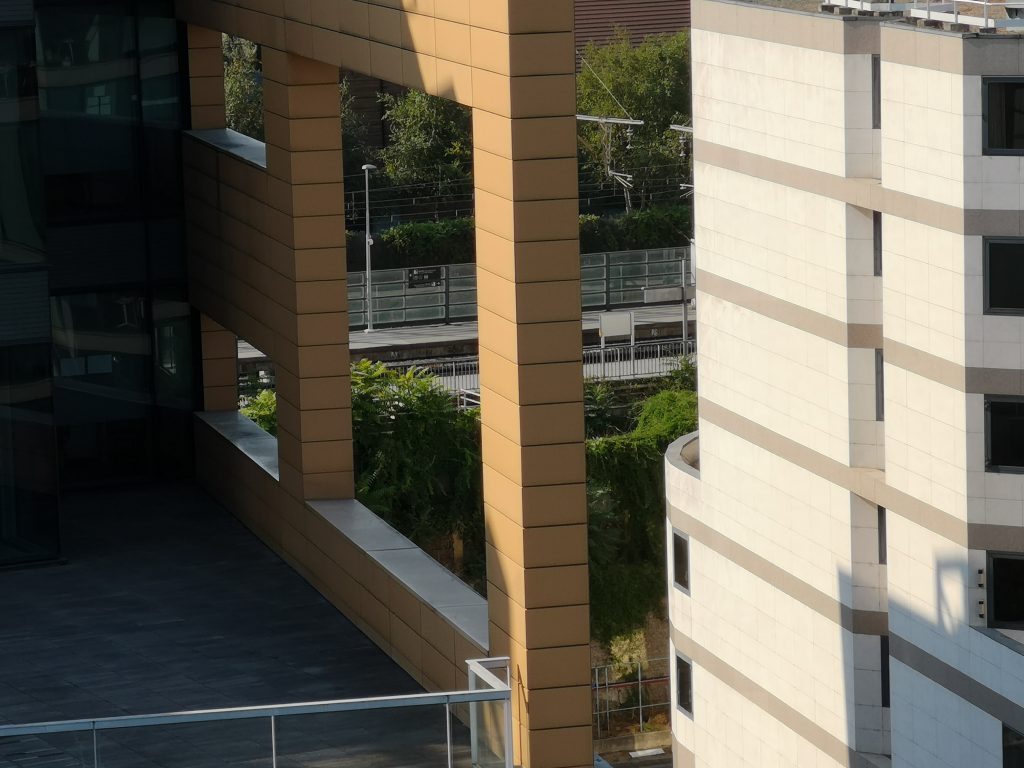
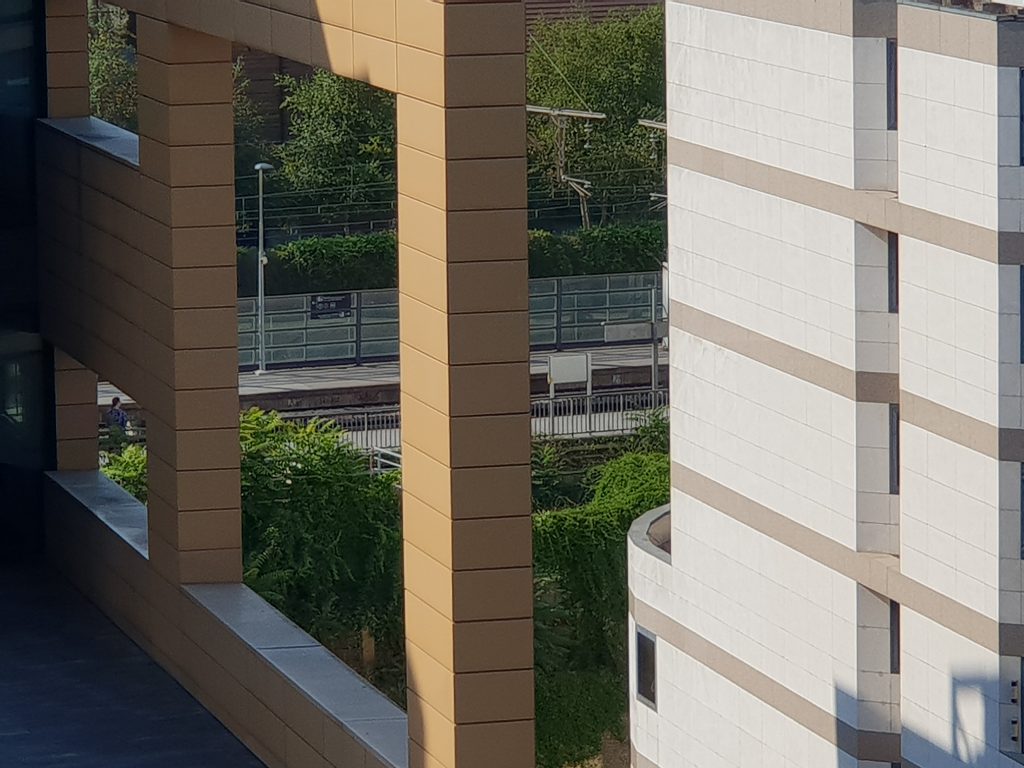
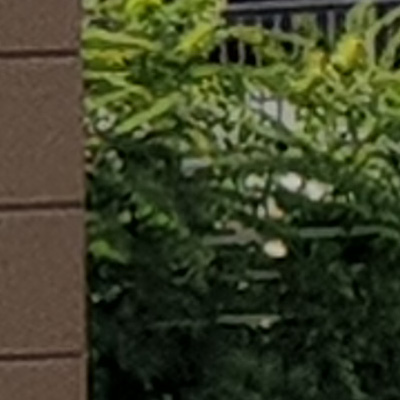
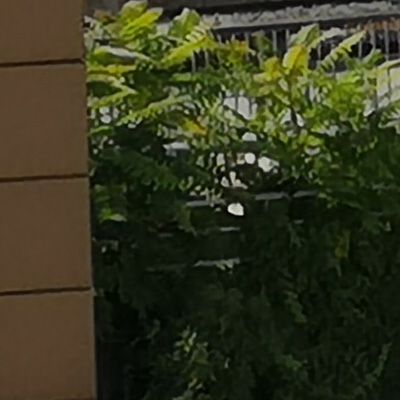
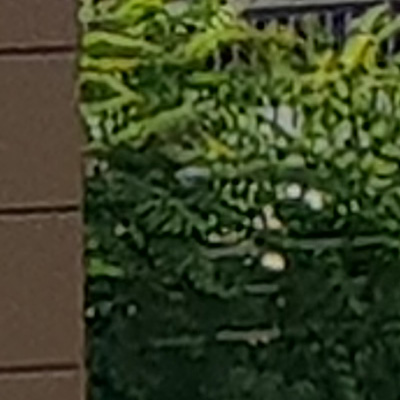

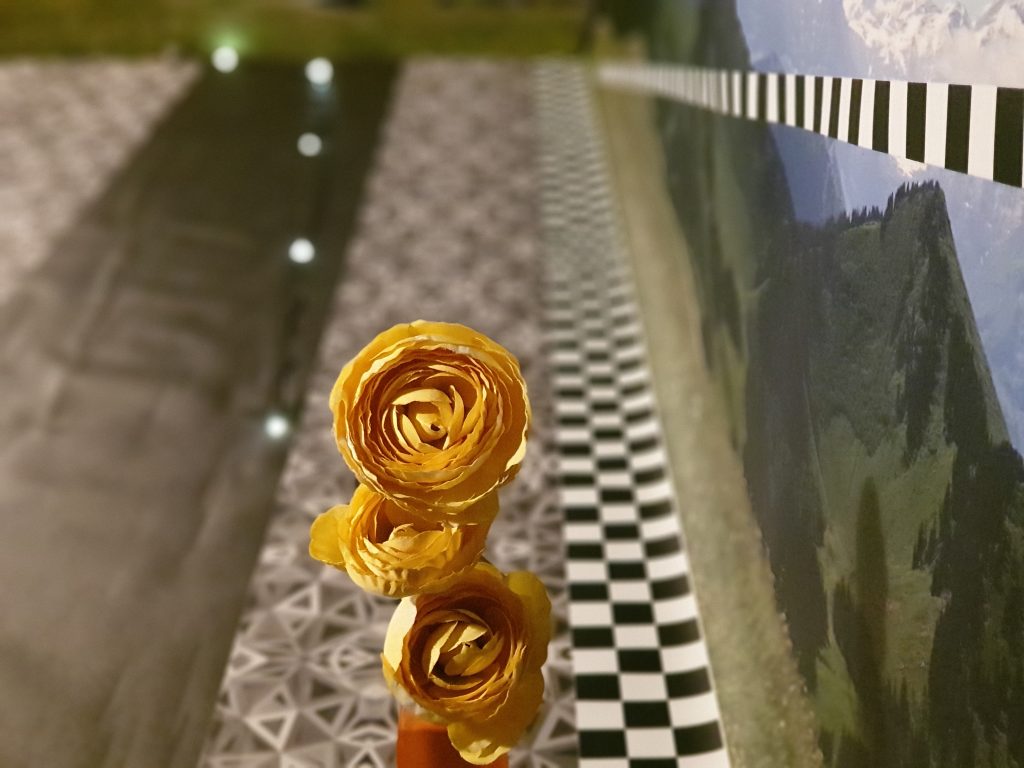
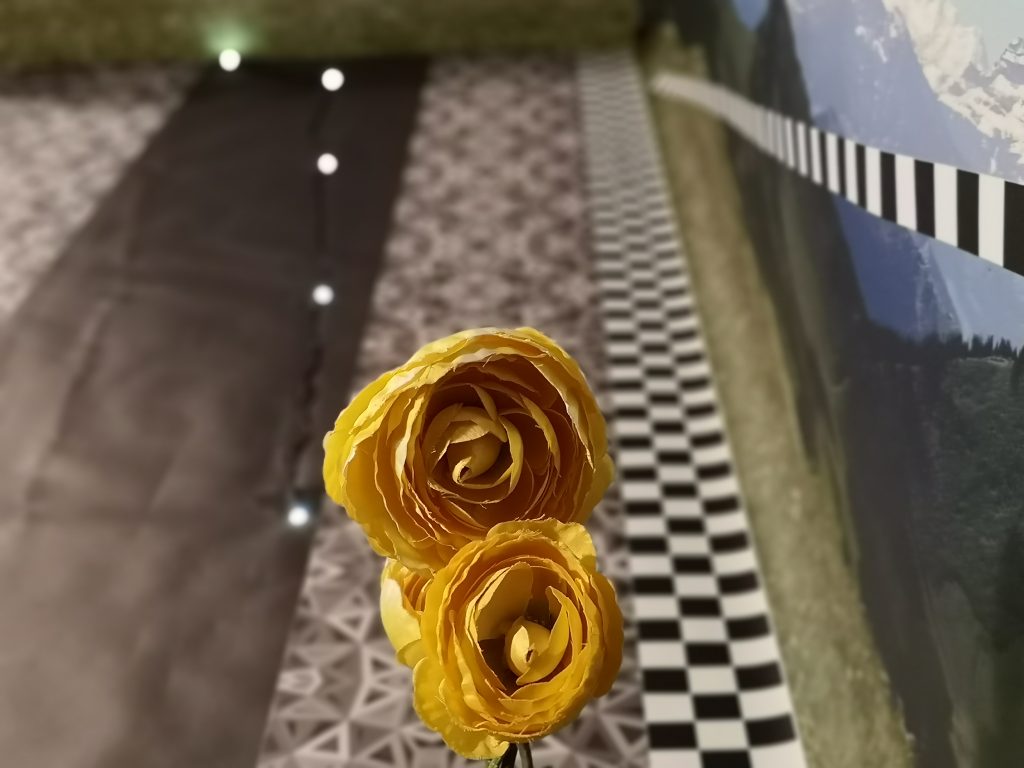
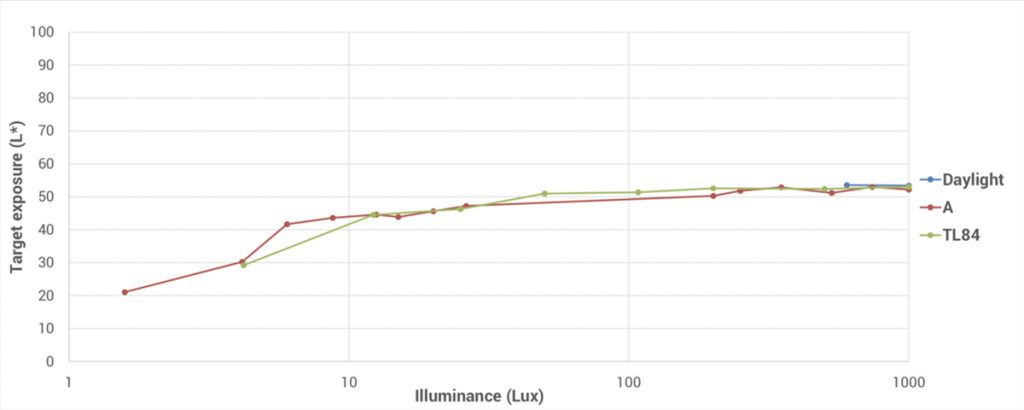
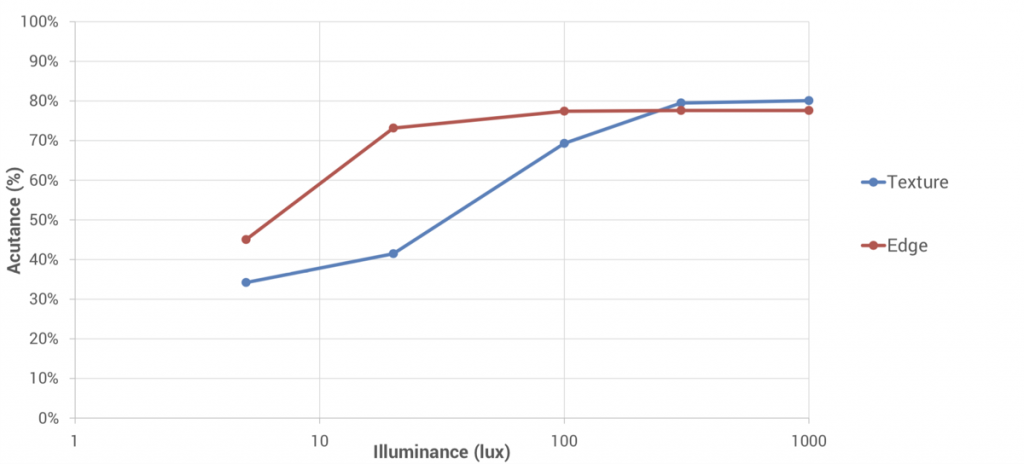
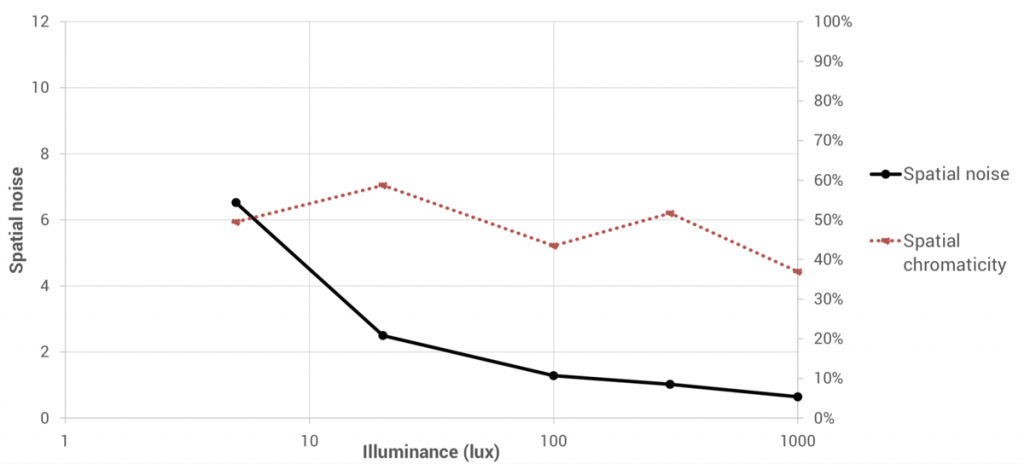





DXOMARK encourages its readers to share comments on the articles. To read or post comments, Disqus cookies are required. Change your Cookies Preferences and read more about our Comment Policy.